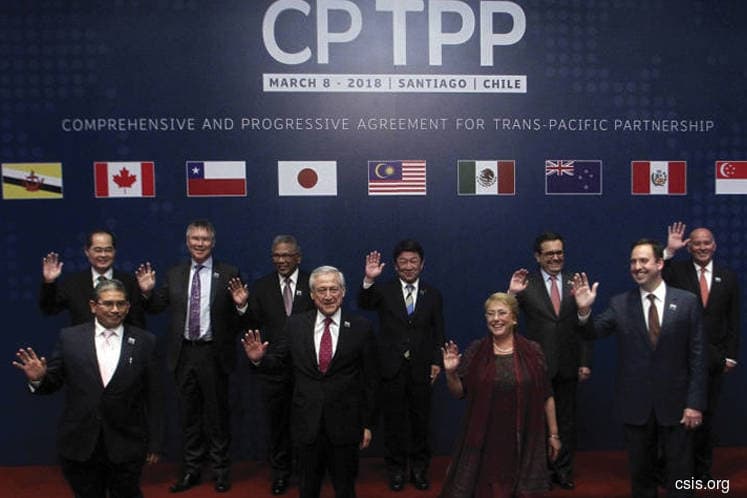
This article first appeared in The Edge Financial Daily on March 12, 2019
KUALA LUMPUR: Malaysia’s decision to ratify the Comprehensive and Progressive Agreement for Trans-Pacific Partnership (CPTPP) must factor in how foreign investors will view the country’s position within Asean, said Deputy International Trade and Industry Minister Dr Ong Kian Ming.
This is especially so given that Asean’s top three trading powerhouses — Singapore, Vietnam and Thailand — have already ratified the agreement, in the process of it or expressed strong interest in joining the CPTPP.
Apart from Malaysia, the CPTPP is a free trade agreement (FTA) among Australia, Canada, Japan, Mexico, New Zealand, Singapore, Brunei Darussalam, Chile, Peru and Vietnam. To date, the first six countries have ratified the agreement.
“Let’s say the three most open economies in Asean ratify or are very interested to join the CPTPP, while Malaysia is deliberating over the process.
“We will need to take into account how foreign investors will view our position in the region in the long term,” Ong said during a dialogue on “Asean Integration Outlook 2019” organised by CIMB Asean Research Institute yesterday.
Thailand has recently expressed strong interest in applying to be part of the CPTPP.
According to Ong, there are now discussions in China on whether to join, citing the mechanism as helping Chinese industries to improve and aspire to achieve global standards.
“Although I do not anticipate China to be part of the CPTPP in the next one or two years, we cannot discount that possibility, especially considering the US-China trade tensions.”
On the proposed Regional Comprehensive Economic Partnership (RCEP), Ong said the level of trade liberalisation is still extensively deliberated among participating countries.
The RCEP is a planned FTA among 10 member countries of Asean and six Asia-Pacific countries with which Asean has FTAs. The Asean member countries are Brunei, Cambodia, Indonesia, Laos, Malaysia, Myanmar, the Philippines, Singapore, Thailand and Vietnam, while the Asia-Pacific countries comprise Australia, China, India, Japan, South Korea and New Zealand.
“The percentage of goods that will not be charged a new tariff, whether it’s 80% or 70% of goods traded for example, is still deliberated by the participating countries. Some want more, and some are less open,” Ong said.
“There were ambitions for the RCEP to be concluded by end-2018 but because of certain issues still being discussed, [it has not been concluded]. Whenever China and India sit in the same room, you can anticipate disagreements, so we are slowly trying to iron them out.”
On Jan 16, theedgemarkets.com, quoting Ong, reported that Malaysia hopes that negotiations on the RCEP can be concluded by year end to enable Malaysian companies to expand their export markets.